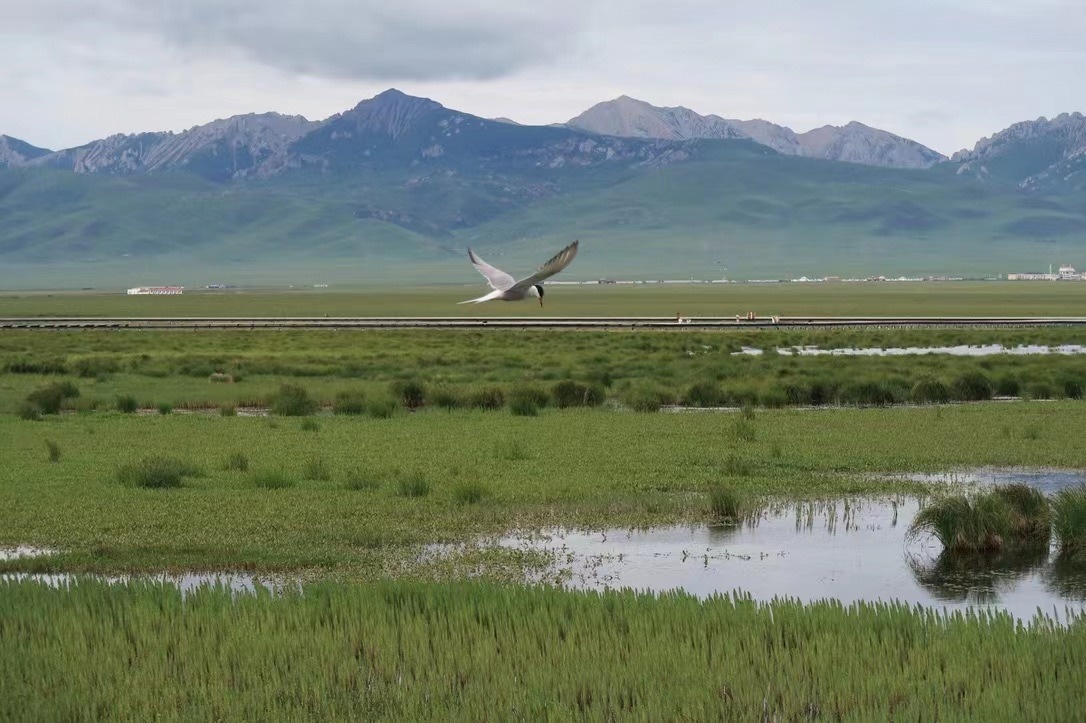Wetlands cover about 6% of the Earth’s surface and yet store one-third of the world’s soil organic carbon. Global warming is changing the nature and operation of wetland ecosystems, according to growing evidence. However, whether climate change will cause wetlands to emit more greenhouse gases (GHGs) is still being debated.

Wetlands provide fresh water and habitat, and wetlands altogether contain about a third of the world’s carbon. Image Credit: Gensuo Jia
Recent research guided by scientists from the Institute of Atmospheric Physics of the Chinese Academy of Sciences demonstrates that pristine wetlands are presently a greenhouse gas sink; however, the greenhouse gas sink will be lowered by more than half (about -57%) in response to an average temperature increase of 1.5–2 °C. The research was published on March 20th, 2023, in the Nature Climate Change journal.
In other words, warming undermines the mitigation potential of pristine wetlands despite achieving the Paris Agreement's goal of limiting the increase of global mean temperature between 1.5 and 2 °C above pre-industrial level.
Tao Bao, Study First Author, Institute of Atmospheric Physics, Chinese Academy of Sciences
Although in-situ warming has resulted in varied wetland GHG emission responses, it is uncertain whether pristine wetlands will behave as a greenhouse gas source or sink under warming.
The researchers combined data from 167 different wetland sites with evaluated carbon dioxide, methane, and nitrous oxide responses to experimental warming. Their goal was to investigate the GHG response to warming across regions as well as among various wetlands and plant types.
Researchers discovered that differences in dominant plant functional types could clarify the variations in greenhouse gas exchange observed in various warming experiments. After warming, carbon dioxide sinks elevated in wetlands dominated by vascular plants like shrubs and graminoids, while carbon dioxide sources increased in wetlands dominated by cryptogams like mosses and lichens.
Moreover, irrespective of the dominant plant functional type, warming encourages net methane emissions from wetlands.
Even though nitrous oxide efflux from wetlands is typically low, warming substantially increased (by around 27%) nitrous oxide emissions from graminoid-dominated wetlands. Given that the greenhouse effect of nitrous oxide is 298 times that of carbon dioxide over a 100-year period, even a minor increase in nitrous oxide emissions could contribute significantly to global warming.
We found that warming will promote the net emissions of methane and nitrous oxide in permafrost wetlands more remarkably than other regions, thereby exerting positive feedback on global warming.
Dr. Xiyan Xu, Study Corresponding Author, Institute of Atmospheric Physics, Chinese Academy of Sciences
In its Sixth Assessment Report, the Intergovernmental Panel on Climate Change stated that one of the major ambiguities in accurately estimating carbon budgets to fulfill the Paris Agreement’s goal is the variability in greenhouse gas emissions from wetlands and their feedback to climate change.
We tried to reveal the characteristics of wetland greenhouse gas emissions in response to warming and their underlying mechanisms, providing insights for modeling the wetland–climate feedbacks.
Dr. Gensuo Jia, Study Co-Author, Institute of Atmospheric Physics, Chinese Academy of Sciences
Journal Reference
Bao, T., et al. (2023). Weakening greenhouse gas sink of pristine wetlands under warming. Nature Climate Change. doi.org/10.1038/s41558-023-01637-0.